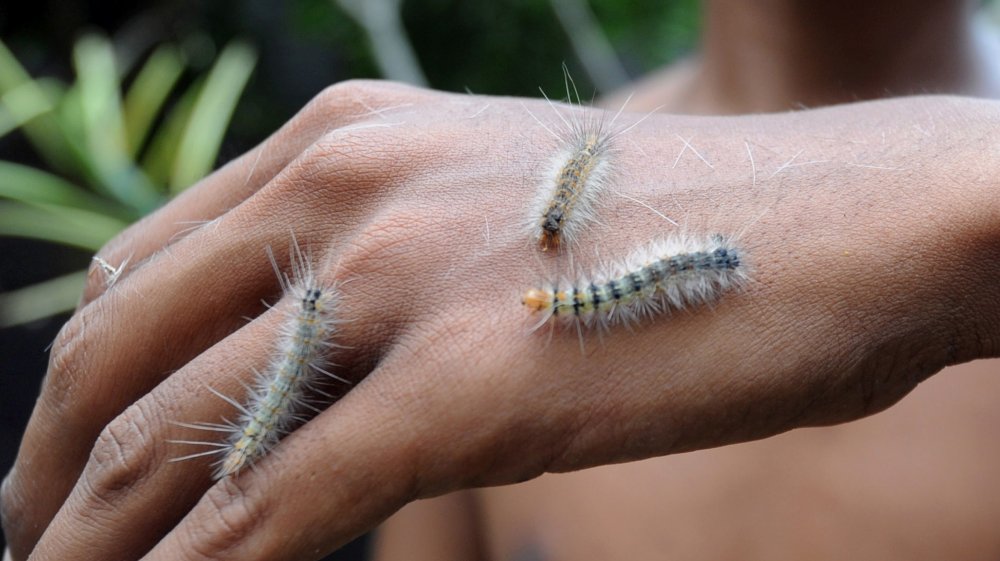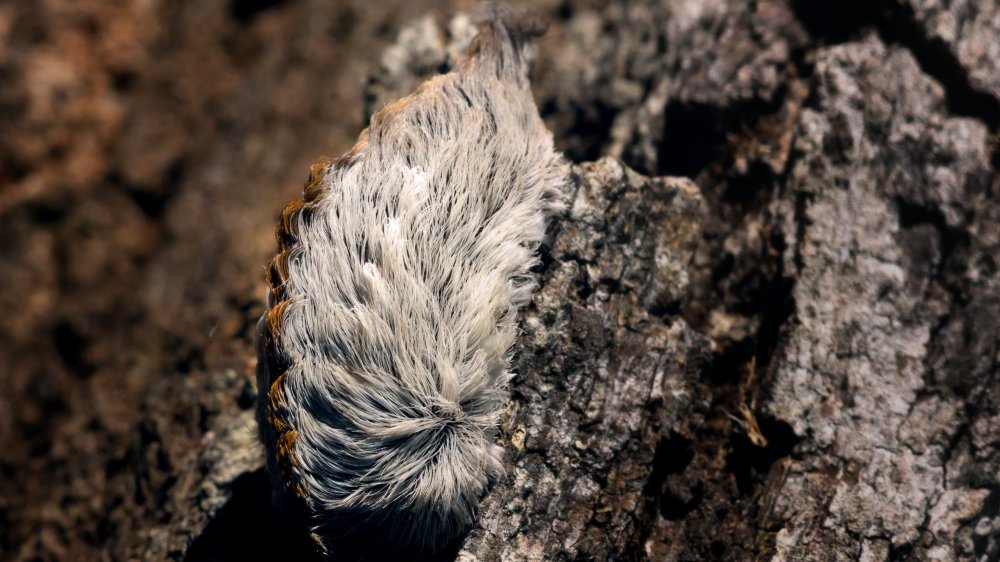The Most Poisonous Caterpillar In The World
In the 1951 animated Disney adaptation of Lewis Carroll's works, a caterpillar asks Alice, utilizing text shorthand decades ahead of its time, "Who R U?" In truth, the real question should have been "who was the caterpillar?" and, more pressingly, "was it capable of causing Alice to die in a fit of venom-induced spasms?"
Caterpillars, in their myriad forms, are low on the list of animals that you might consider preposterously lethal. But Mother Nature is a saucy lady who never seems to stop coming up with embarrassing ways to kick folks in the pants, evolution-wise. Let's take a look at some of the tiny, squirming nuggets of cuteness that could murder you if they put their little minds to it and which one holds the title of "most likely to ruin your life."
The most poisonous caterpillar: hard (and stupid) to put your finger on
Poisonous and venomous are two different terms: something's poisonous if you eat it, and venomous if it stings you. For our purposes, we'll assume if it's venomous, it's definitely poisonous. So, the competition for "most poisonous caterpillar in the world" is neck and neck, which is also a pretty great physical description of the caterpillars themselves. Lonomia obliqua, for example, is a native inhabitant of Brazil. When it grows up, it becomes a relatively milquetoast moth, but in its larval form, its venomous, hair-like spines contain a toxin that medical studies have shown is capable of causing kidney failure, leading to a painful, horrifying death.
Australia, unsurprisingly, holds its own nightmare varieties of creepy crawlies. The bag shelter caterpillar is especially heinous, with a beastly anticoagulant toxin in its spines that causes intense, potentially fatal hemorrhaging.
But maybe the worst of the bunch is the deceptively adorable and nauseatingly named puss caterpillar, which National Geographic called "the most venomous caterpillar in the U.S." It looks like a tribble. It's impossible to look at it without wanting to take it home and name it something like "Caterpillarniss Everdeen" and love it for the rest of your life. But the fuzzy darlings are covered in tiny spines that get stuck in a victim's skin and cause pain so severe it's said to make your bones ache, lasting as long as twelve hours. In an added twist, they also have a habit of throwing their poop, either as a way of deterring parasites or as one last stroke of the "nature is horrible" brush.

